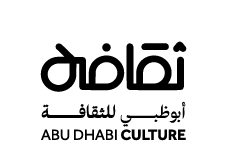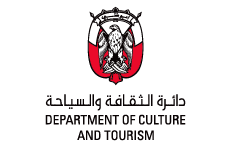Sport of the Skies
Practiced for thousands of years, the sport of falconry provides a proud link to a heritage that embodies nobility, courage and conservation
For 4,000 years, Bedouin in the United Arab Emirates (UAE) and wider Arabian Peninsula practiced falconry as an important form of hunting in a resource-scarce land. Its role in society, however, has changed over time, and today it is one of the UAE’s most honoured traditional sports.
Falconry’s revered status derives from the sense of courage, honour and nobility – prized traditional Arab values – that are associated with the sport, as well as its links to nature conservation, respect for animals and the comradery among falconers.
“Falconry allows our children to enjoy the spell of the desert, imbuing them with the virtues of patience and fortitude, willpower and companionship, values that are just as important today, as they have been for generations,” says His Highness Sheikh Hamdan bin Zayed Al Nahyan, Chairman of the Emirates Falconers’ Club.
Pioneer of Falconry
The late Sheikh Zayed bin Sultan Al Nahyan, who practiced falconry from a young age, was a tremendous proponent of the sport of falconry and supported its conservation. He embodied the values of falconry, and practise the sport often. He launched many initiatives to promote the sport, including a falcon release programme and the Abu Dhabi Falcon Hospital, which has become the largest falcon hospital in the world.
Training
Training involves teaching the falcon to swoop down and attack a feathered training decoy that is tied to a string and controlled by the trainer. As the bird swoops to catch the decoy, the trainer pulls it away. Done time and again, the bird learns to make repeated attempts until it catches its target.
When the bird is ready for live practice, pigeons are used to complete the training.
Both the training process and the sport of hunting requires patience and an understanding of the falconer’s bird. This builds a unique bond and special language between falcon and falconer, and helps teach the important values associated with the sport.
Equipment
Falconers use special handmade equipment, including a leather hood to cover the head and eyes of the falcon when it is not flying. A wooden stand used as a perch for the bird is comprised of a wide flat top attached to stick that can easily be stuck into sand.
A leather forearm guard is worn by the falconer as a perch for the bird between hunting and training flights.
Today, an essential piece of equipment is the GPS beacon attached to the bird’s leg. This is important, not only because of the bond between falconer and bird, but also because these birds can be quite valuable, with certain birds worth more than AED 73,500 (US$ 20,000)
Celebrating the Sport
The sport of falconry is celebrated across the UAE, with falconry demonstrations having a major role in UAE National Day celebrations and other holidays and heritage events. Falconry also is reflected in literature and music, with the sport and the bird celebrated in poetry, song and stories.
As well, the UAE was part of an international collaboration of 18 countries that helped inscribe falconry in 2016 on the
UNESCO Representative List of the Intangible Cultural Heritage of Humanity.










